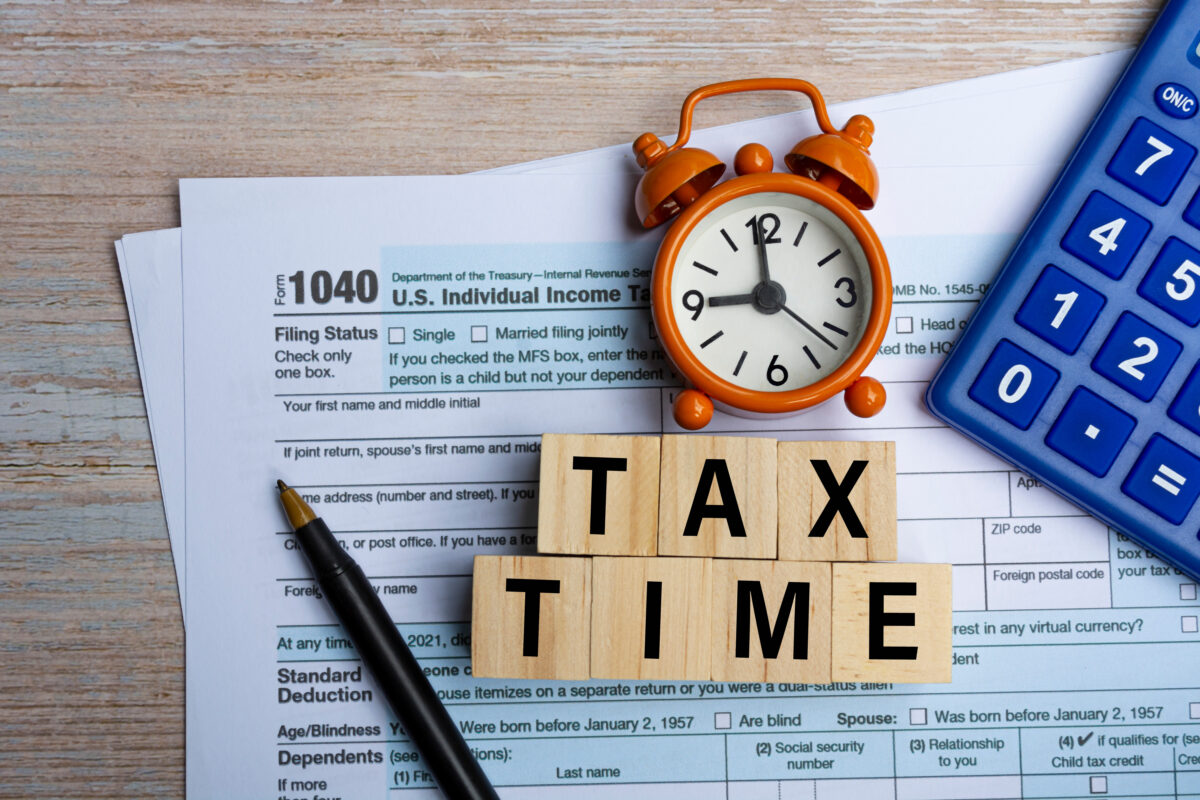Filing taxes is a necessary chore that everyone has to do every year. However, once you’ve filed your taxes, there are still steps you can take to ensure that you’re in a better position for next year. Tax planning is an ongoing process that requires you to stay organized, informed, and proactive. Here are some good tax planning steps to take after filing your taxes.
- Review your tax return
The first step in good tax planning is to review your tax return. This will help you identify any errors or omissions that you may have made. Additionally, reviewing your tax return will help you identify areas where you can make improvements next year. For example, if you received a large tax refund, you may want to consider adjusting your withholding to increase your take-home pay throughout the year.
- Analyze your income and expenses
The next step in good tax planning is to analyze your income and expenses. This will help you identify areas where you can reduce your tax liability. For example, if you’re self-employed, you may be able to deduct expenses such as home office expenses, travel expenses, and business-related meals and entertainment.
- Maximize your retirement contributions
One of the most effective ways to reduce your tax liability is to maximize your retirement contributions. Depending on your age and income level, you may be able to contribute up to $19,500 to your 401(k) plan or $6,000 to your IRA. By contributing the maximum amount allowed, you can reduce your taxable income and save for retirement at the same time.
- Consider a Health Savings Account (HSA)
Another tax-saving strategy to consider is opening a Health Savings Account (HSA). HSAs are tax-deductible, and the contributions grow tax-free. Additionally, you can withdraw funds tax-free for qualified medical expenses. If you have a high-deductible health plan (HDHP), you may be eligible to open an HSA.
- Check your tax withholding
If you received a large tax refund this year, you may want to check your tax withholding. A large refund means that you overpaid your taxes throughout the year, which is essentially an interest-free loan to the government. By adjusting your withholding, you can increase your take-home pay throughout the year and reduce the likelihood of receiving a large refund next year.
- Monitor your tax bracket
It’s also important to monitor your tax bracket throughout the year. If you’re on the cusp of a higher tax bracket, you may want to consider deferring income or accelerating deductions to reduce your tax liability. Additionally, if you expect a significant increase in income next year, you may want to consider making larger retirement contributions or maximizing your HSA contributions.
- Keep organized records
Good tax planning requires you to keep organized records throughout the year. This includes tracking your income and expenses, maintaining receipts, and tracking charitable donations. By keeping organized records, you can maximize your deductions and reduce your tax liability.
- Plan for estimated tax payments
If you’re self-employed or receive income from other sources, you may be required to make estimated tax payments throughout the year. Planning for these payments can help you avoid penalties and interest charges. You can use your previous year’s tax return as a basis for estimating your tax liability for the current year.
- Review your estate plan
If you have significant assets or dependents, it’s important to review your estate plan regularly. This includes reviewing your will, trusts, and other estate planning documents to ensure that they reflect your current wishes and circumstances. Additionally, you may want to consider strategies to reduce your estate tax liability, such as gifting or establishing a trust.
- Consult with a tax professional
Finally, it’s always a good idea to consult with a tax professional!

